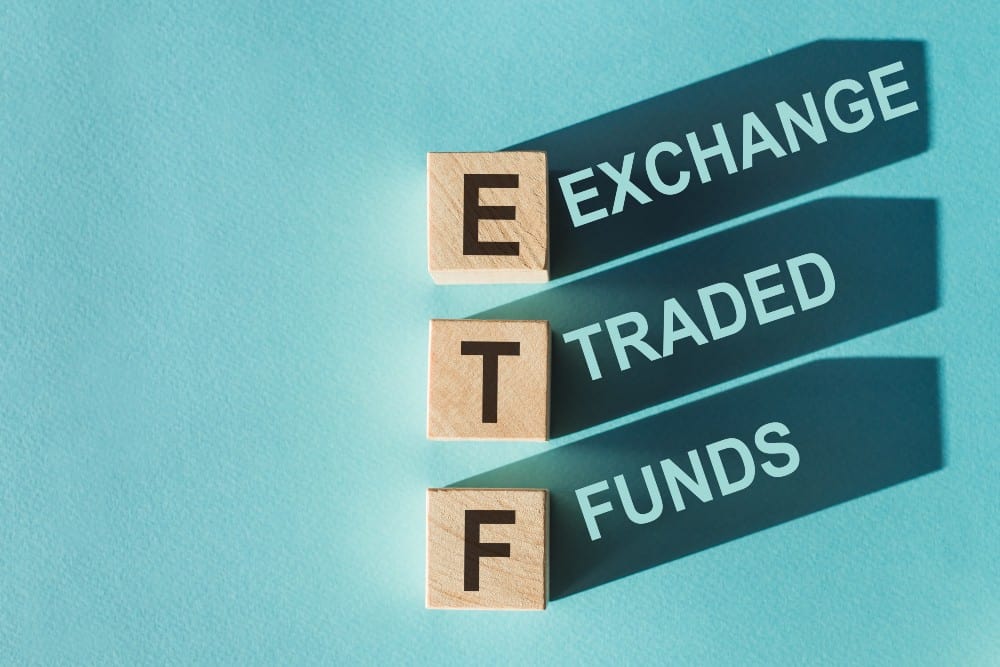Dividend investing is a popular strategy that can be easily implemented by beginner Canadian investors. The TSX is full of large-cap, blue-chip Canadian dividend stocks that have paid high dividend yields for decades. When reinvested, the dividend payments play a strong role in increasing total returns thanks to the power of compounding.
However, there are a few downsides to dividend stocks. Most dividend stocks pay quarterly, which can force income-hungry investors to wait. Managing a portfolio of 10-30 dividend stocks can also be time-consuming and expensive. An alternative passive approach to buying dividend-paying stocks is via an exchange-traded fund (ETF).
Today, I’ll profile two dividend ETFs from Vanguard and iShares with low fees, monthly income potential, and yields above 3%. Let’s take a look!
iShares S&P/TSX Composite High Dividend Index ETF
iShares S&P/TSX Composite High Dividend Index ETF (TSX:XEI) tracks a portfolio of 76 large-cap Canadian stocks that are screened for above-average dividend yields. This ETF is heavily concentrated in energy (32%) and financial (30%) stocks, as most of the Canadian market’s dividend payers tend to hail from those sectors. XEI also holds some utilities and telecommunications stocks.
XEI pays its dividends monthly by pooling and collecting the quarterly dividend payments from its underlying stocks. On a 12-month trailing basis, XEI yields 4.15%. This is the yield you would have received if you’d held the fund over the last year. Keep in mind that the fund’s yield is dependent on the share price — if the price tanks, the yield will rise, and vice versa.
In terms of fees, XEI will cost you a management expense ratio of 0.22%. This is the annual percentage fee deducted from your total investment over time. For a $10,000 investment, a MER of 0.22% works out to around $22 in annual fees. This is extremely cheap compared to mutual funds offered by big banks, which can sometimes charge upwards of 1% or more!
Vanguard FTSE Canadian High Dividend Yield Index ETF
If you’re a fan of Vanguard funds (like I am), then Vanguard FTSE Canadian High Dividend Yield Index ETF (TSX:VDY) could be a good alternative to XEI. Like XEI, VDY also holds a portfolio of large-cap Canadian stocks that are screened for above-average dividend yields. The difference is that VDY holds just 39 stocks, with a higher concentration in the financial sector (58%).
If you’re looking for higher exposure to big Canadian banks and insurance companies, VDY might be a good pick. Because VDY holds fewer energy stocks (23%) compared to XEI, the ETF has a lower yield. Currently, the 12-month trailing yield for VDY stands at 3.82%. In terms of fees, VDY will also cost you an MER of 0.22% to hold.
Personally, I like VDY better, mainly because Vanguard has a strong track history of investor advocacy and fee reductions. However, XEI is more diversified, holding more stocks with a more even distribution between market sectors. Given that both ETFs cost the same, I would be inclined to split the difference and buy them 50/50, re-balancing every once in a while.










